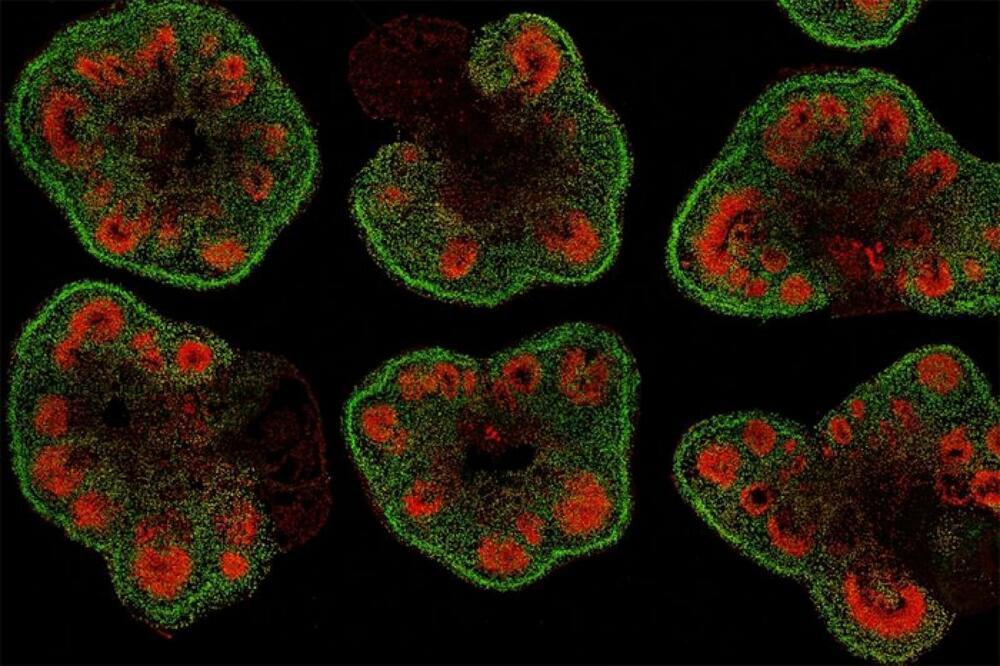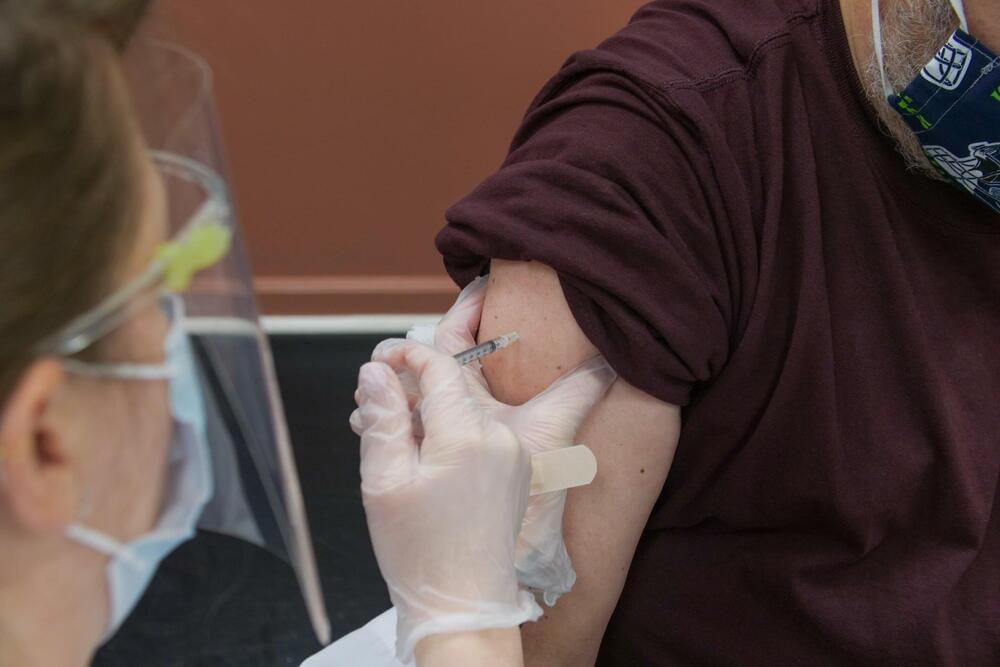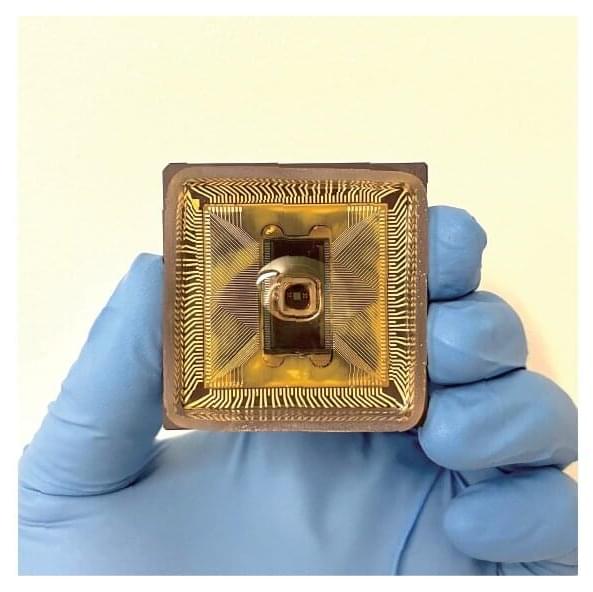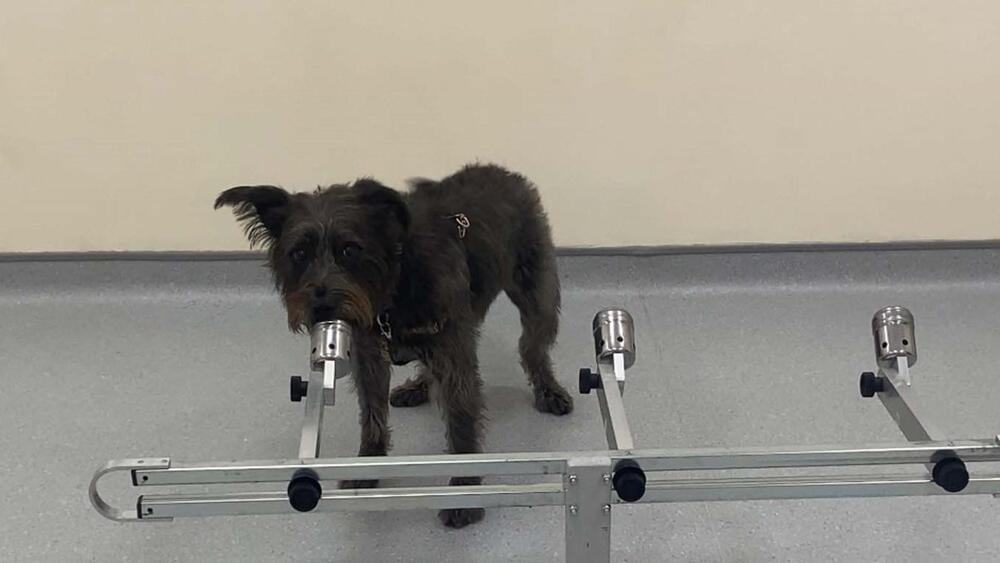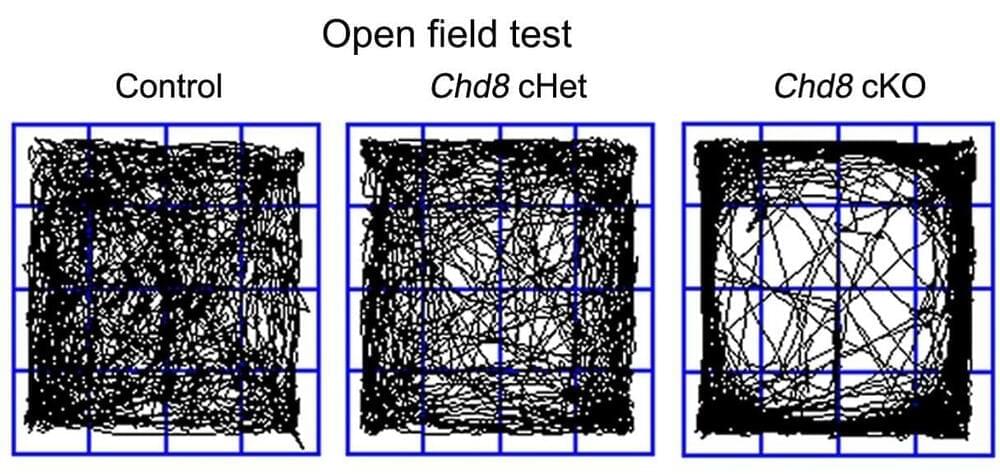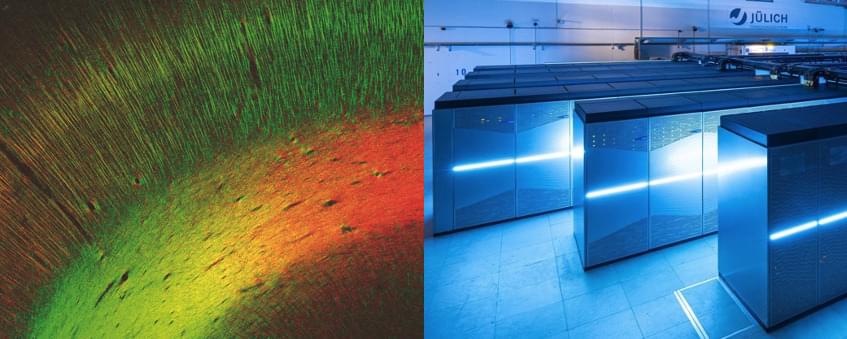A new field of science has been emerging at the intersection of neuroscience and high-performance computing — this is the takeaway from the 2022 BrainComp conference, which took place in Cetraro, Italy from the 19th to the 22nd of September. The meeting, which featured international experts in brain mapping, machine learning, simulation, research infrastructures, neuro-derived hardware, neuroethics and more, strengthened the current collaborations in this emerging field and forged new ones.
Now in its 5th edition, BrainComp first started in 2013 and is jointly organised by the Human Brain Project and the EBRAINS digital research infrastructure, University of Calabria in Italy, the Heinrich Heine University of Düsseldorf and the Forschungszentrum Jülich in Germany. It is attended by researchers from inside and outside the Human Brain Project. This year was dedicated to the computational challenges of brain connectivity. The brain is the most complex system in the observable universe due to the tight connections between areas down to the wiring of the individual neurons: decoding this complexity through neuroscientific and computing advances benefits both fields.
Hosted by the organising committee of Katrin Amunts, Scientific Research Director of the HBP, Thomas Lippert, Leader of EBRAINS Computing Services from the Juelich Supercomputing Centre and Lucio Grandinetti from the University of Calabria, the sessions included a variety of topics over four days.
